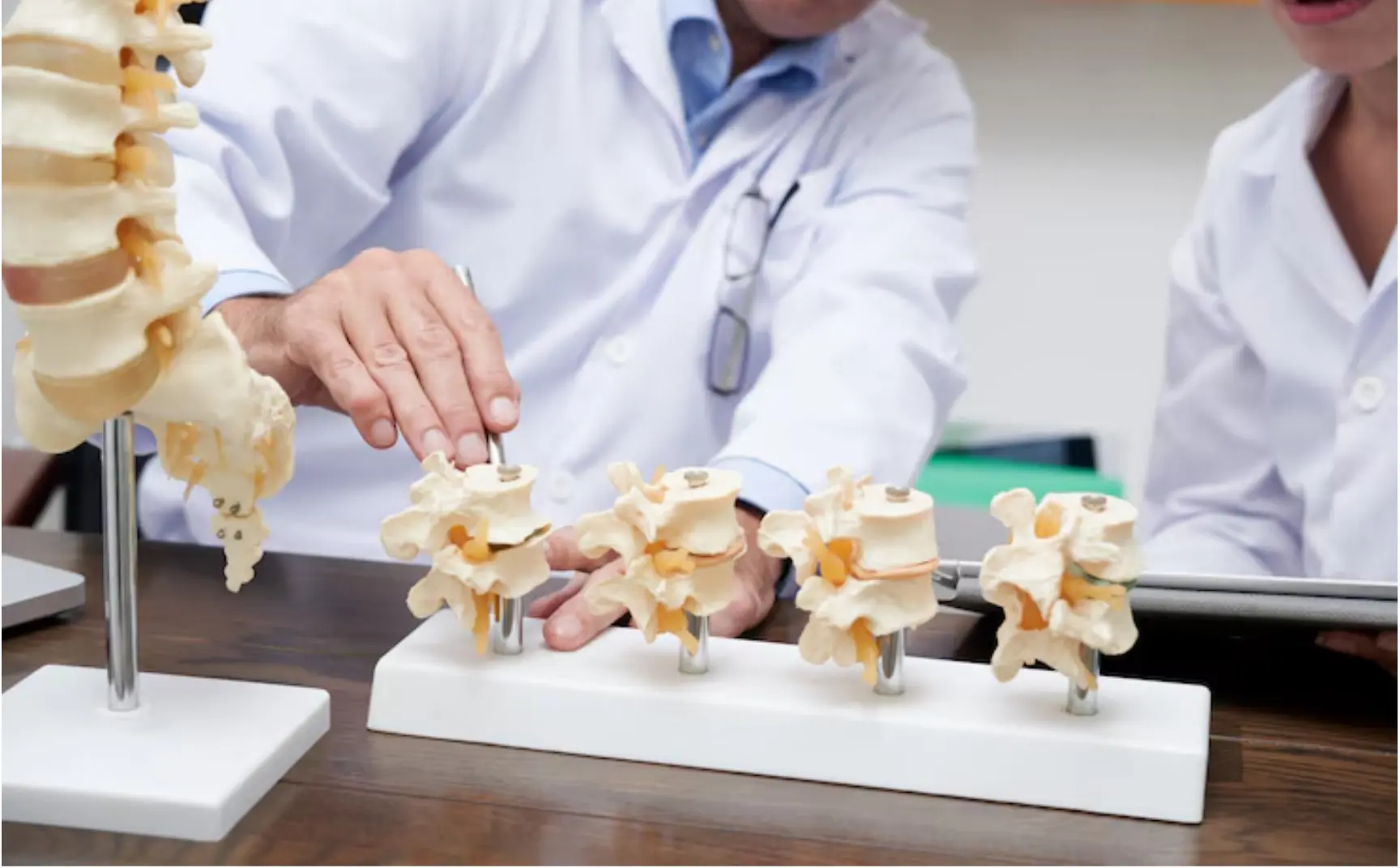Types of Reconstructive urology surgery is a specialized branch of urology focused on restoring normal function and anatomy to the urinary tract and male reproductive organs. It plays a vital role in managing conditions caused by birth defects, trauma, cancer treatment, infections, or complications from previous surgeries. These surgeries aim to not only correct physical abnormalities but also help restore vital functions such as urination, fertility, and sexual health. By using advanced surgical techniques including microsurgery, robotic-assisted surgery, and tissue grafting—urologists are able to rebuild or reconstruct damaged organs such as the urethra, bladder, ureters, and genitalia.
The demand for reconstructive urology procedures has grown significantly with rising awareness, improved diagnostic tools, and better surgical outcomes. Patients who once had limited options due to severe urological injury or disease can now look forward to functional recovery, enhanced comfort, and improved quality of life.
What is Reconstructive Urology?
Reconstructive urology addresses structural and functional issues of the bladder, urethra, ureters, kidneys, and genital organs. Surgeons use advanced techniques to rebuild or bypass damaged parts of the urinary system, improving both urinary control and quality of life.
Common Reasons for Reconstructive Urology Surgery
-
Urethral stricture (narrowing of the urethra)
-
Pelvic trauma or accidents
-
Post-cancer treatment damage (e.g., prostate or bladder cancer)
-
Congenital abnormalities (e.g., hypospadias)
-
Bladder fistulas or injuries
-
Neurogenic bladder dysfunction
-
Radiation injuries to urinary organs
Types of reconstructive urology surgery
Urethroplasty
What It Treats :-
-
Urethral strictures caused by scarring, trauma, or infection
Procedure :-
Urethroplasty involves removing the scarred part of the urethra and reconnecting healthy ends or replacing it using grafts from the mouth or skin.
Benefits :-
-
Long-term solution to urinary obstruction
-
Improves urine flow and bladder emptying
-
Higher success rate than repeated dilations
Recovery :-
-
Catheterization for 2–3 weeks post-surgery
-
Most patients return to normal activities in 4–6 weeks
Bladder Reconstruction (Augmentation Cystoplasty)
What It Treats :-
-
Small, contracted, or dysfunctional bladders
-
Neurogenic bladder due to spinal cord injury or spina bifida
Procedure :-
A segment of the intestine is used to expand the bladder, increasing its capacity and reducing pressure.
Benefits :-
-
Prevents kidney damage from high bladder pressure
-
Reduces incontinence
-
Improves quality of life in patients with neurologic bladder dysfunction
Recovery :-
-
Catheter use post-surgery for several weeks
-
Long-term follow-up needed to monitor bladder function
Ureteral Reimplantation / Ureteral Reconstruction
What It Treats :-
-
Ureteral strictures or injuries
-
Vesicoureteral reflux (urine flowing backward into the kidneys)
-
Obstructions caused by stones or tumors
Procedure :-
Surgeons reroute or repair the ureter to ensure proper urine drainage into the bladder. Sometimes, tissue grafts or bowel segments are used for reconstruction.
Benefits :-
-
Prevents recurrent urinary tract infections (UTIs)
-
Protects kidney function
-
Reduces risk of hydro nephrosis
Recovery :-
-
Hospital stay of 3–5 days
-
Return to normal activities in 2–3 weeks
Hypospadias Repair
What It Treats :-
-
Congenital abnormality where the urethra opens on the underside of the penis instead of at the tip
Procedure :-
Surgical correction typically in childhood; involves repositioning the urethral opening and correcting penile curvature if present.
Benefits :-
-
Normalizes urination and appearance
-
Improves sexual function later in life
Recovery :-
-
Surgery is usually outpatient or short stay
-
Healing takes 2–4 weeks
Penile Prosthesis Implantation
What It Treats :-
-
Erectile dysfunction not responding to medication
-
Penile deformity after Peyronie’s disease or trauma
Procedure :-
A prosthetic device is surgically implanted within the penis to enable erection. Can be inflatable or malleable.
Benefits :-
-
Restores sexual function
-
High patient satisfaction rates
Recovery :-
-
Return to sexual activity after 4–6 weeks
-
Minimal postoperative complications with modern devices
Urinary Diversion (Ileal Conduit, Neobladder)
What It Treats :-
-
Bladder cancer requiring cystectomy (bladder removal)
-
Non-functional bladder due to radiation or trauma
Procedure :-
The surgeon creates a new pathway for urine to leave the body, using a portion of the intestine to form a conduit or a new bladder (neobladder).
Types :-
-
Ileal Conduit :- External urostomy bag collects urine
-
Orthotopic Neobladder :- Internal pouch connected to the urethra
Benefits :-
-
Effective urinary drainage
-
Maintains quality of life post-cystectomy
Recovery :-
-
Requires catheter training if using a neobladder
-
Lifelong follow-up for kidney health
Bladder Fistula Repair
What It Treats :-
-
Abnormal connections between the bladder and surrounding organs (e.g., bladder-vagina fistula)
Procedure :-
The fistula tract is surgically closed, often through the abdomen or vagina, depending on location and size.
Benefits :-
-
Stops involuntary urine leakage
-
Reduces infections and improves hygiene
Recovery :-
-
Short hospital stay
-
Catheter required for healing over 2–3 weeks
Testicular and Scrotal Reconstruction
What It Treats :-
-
Trauma to the scrotum or testicles
-
Cancer-related removal
-
Congenital abnormalities
Procedure :-
Reconstructive techniques restore appearance and function using flaps, grafts, or prosthetic testicles if needed.
Benefits :-
-
Restores aesthetic and psychological well-being
-
Preserves testicular function when possible
Recovery :-
-
Most patients resume normal activities in 2–4 weeks
-
Pain is usually well-managed
Choosing the Right Urologist for Reconstructive Surgery
When considering reconstructive urology surgery, choose a board-certified urologist with fellowship training in reconstructive urology or urogenital reconstruction. Look for a hospital with advanced diagnostic tools, robotic/laparoscopic facilities, and a strong post-operative care team.
Tips for choosing :-
-
Verify surgeon’s credentials and experience
-
Read patient testimonials
-
Ask about surgical success rates
-
Inquire about recovery timelines and risks
Conclusion
Reconstructive urology surgery offers life-changing benefits to patients with urologic injuries, birth defects, or complications from prior treatments. Whether it’s restoring urinary flow, correcting a congenital issue, or managing cancer-related changes, these surgeries are vital for functional recovery and improved quality of life.























